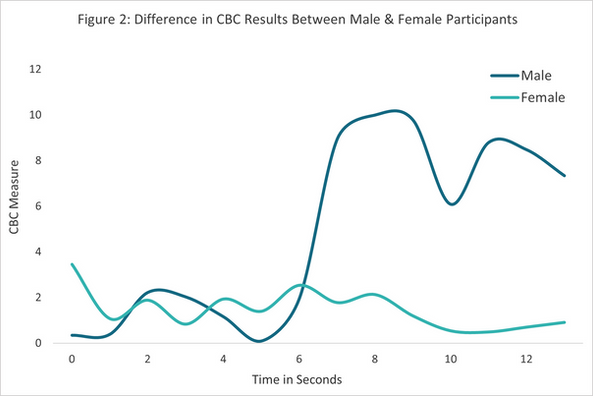The only way to truly understand if the consumer is engaged is to get inside their mind in a real-time, unbiased fashion.
As marketers, we want consumers to love our product, purchase it, and act as ambassadors to their friends and family to buy as well. For every company, the goal is for consumers to buy more signature products, to get excited for the periodic items, and to love the brand. Unfortunately, traditional marketing research methods that rely on focus groups or other forms of verbal communication are limited and incomplete.
The field of neuromarketing emerged to bypass these verbal biases by relying on the brain using non-invasive electroencephalography (EEG). However, standard EEG analysis has limited capabilities because the method only measures a small aspect of the complex brain. Enter ThinkAlike Laboratories with our patented and scientifically validated Cross-Brain-Correlation (CBC) technology. We go beyond standard neuroscience methods by examining how people—or brains—think alike at the same time.
To highlight ThinkAlike’s technology, we showed consumers an advertisement from a well-known fast-food restaurant marketing a jalapeño burger and gathered EEG data. Afterward, we surveyed the consumers to determine their likelihood of purchasing the product and enjoyment of the advertisement to show the relationship between traditional methods and CBC.

The results suggest that males liked the ad, would purchase the burger, and had greater overall CBC compared to females (Figure 1). The real benefit of CBC is the ability to look at moment-to-moment engagement. For example, males became engaged when they focused on a unique feature of the sandwich - the jalapeños and toward the end of the ad (with the actual burgers with names).
The ad creators likely believed the bacon or branding would increase engagement, but the jalapeños and the actual product had the most impact. This crucial information allows the marketing team to better understand what engages consumers, holds their attention, and ultimately drives them to purchase the product.
For more information about this study, please complete the form on our Contact page.



